Visitors are coming in large numbers but spending is decreasing.
Citing statistics from World Data on the history of international visitors to countries in the Southeast Asian region from 2008 to 2019, Mr. Johnathan Hanh Nguyen said that in terms of the number of international tourists each year, the growth rate of the number of visitors to Vietnam has surpassed Indonesia to reach the top 4 in the Southeast Asian region. However, while the countries have basically maintained their average revenue per visitor, Vietnam is on the decline from 5th to 6th place.
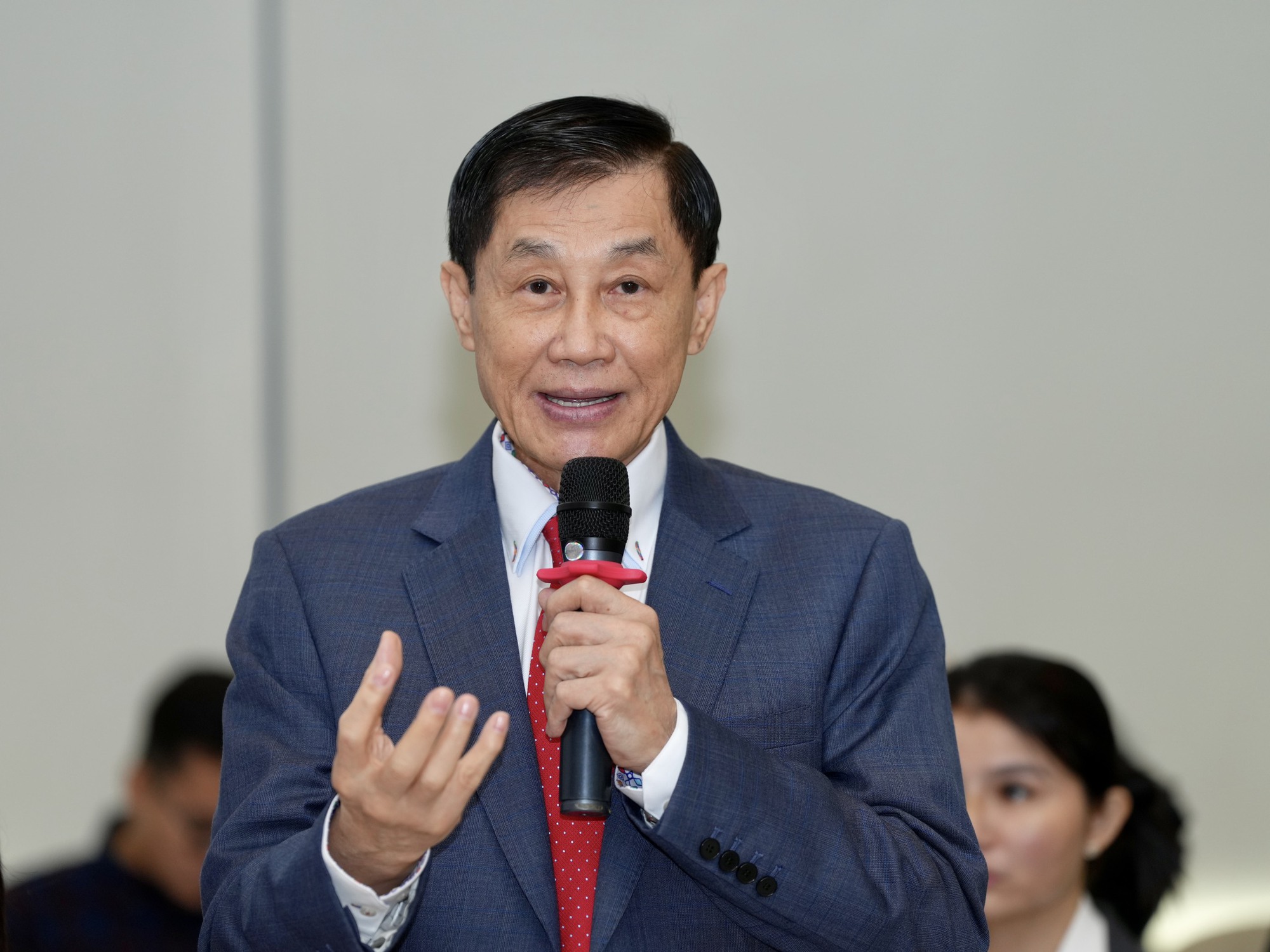
Billionaire Johnathan Hanh Nguyen speaks at the Conference
Compared to Thailand, their growth rate is equivalent to Vietnam and always leads in Southeast Asian countries. The number of visitors to Vietnam is only 50% of Thailand and the level of international visitor spending is even lower, only 40%. Similarly, if compared to the Philippines, Singapore, Indonesia, Malaysia, Korea, Japan... the total spending of tourists in Vietnam is also much lower.
"Thus, although Vietnam has great potential for growth in quantity, the quality and service need to be seriously considered. The gap between Vietnam and other countries has raised questions. What factors do these countries have to both increase the number of tourists and increase the spending of tourists in recent years?" - Mr. Hanh Nguyen raised the question.
To answer the above questions, he analyzed: Among the types of tourism, Vietnam has been developing the most popular ones are resort tourism and experiential tourism, mainly thanks to the availability, advantages of natural conditions and cultural diversity. Regarding the two new types of tourism trends including health tourism and shopping - entertainment tourism, Vietnam is still very limited.
Meanwhile, the potential of the above two types of tourism is huge. This is also the "bottleneck" for increasing tourist spending. In fact, after international tourists come to Vietnam, there are still many opinions about the lack of valuable and diverse products for tourists to shop, and there are no suitable shopping places for tourists to spend money.
Promote shopping and health tourism
Looking abroad, billionaire Johnathan Hanh Nguyen assessed Singapore, Thailand and China's Hainan Island as destinations that are doing a good job of "picking the pockets" of tourists. For example, the island nation of Singapore is only about the same size as Vietnam's Phu Quoc Island. With limited natural resources, they chose to "strongly promote" 4 types of tourism to develop: shopping, entertainment, business travel and experiential travel.
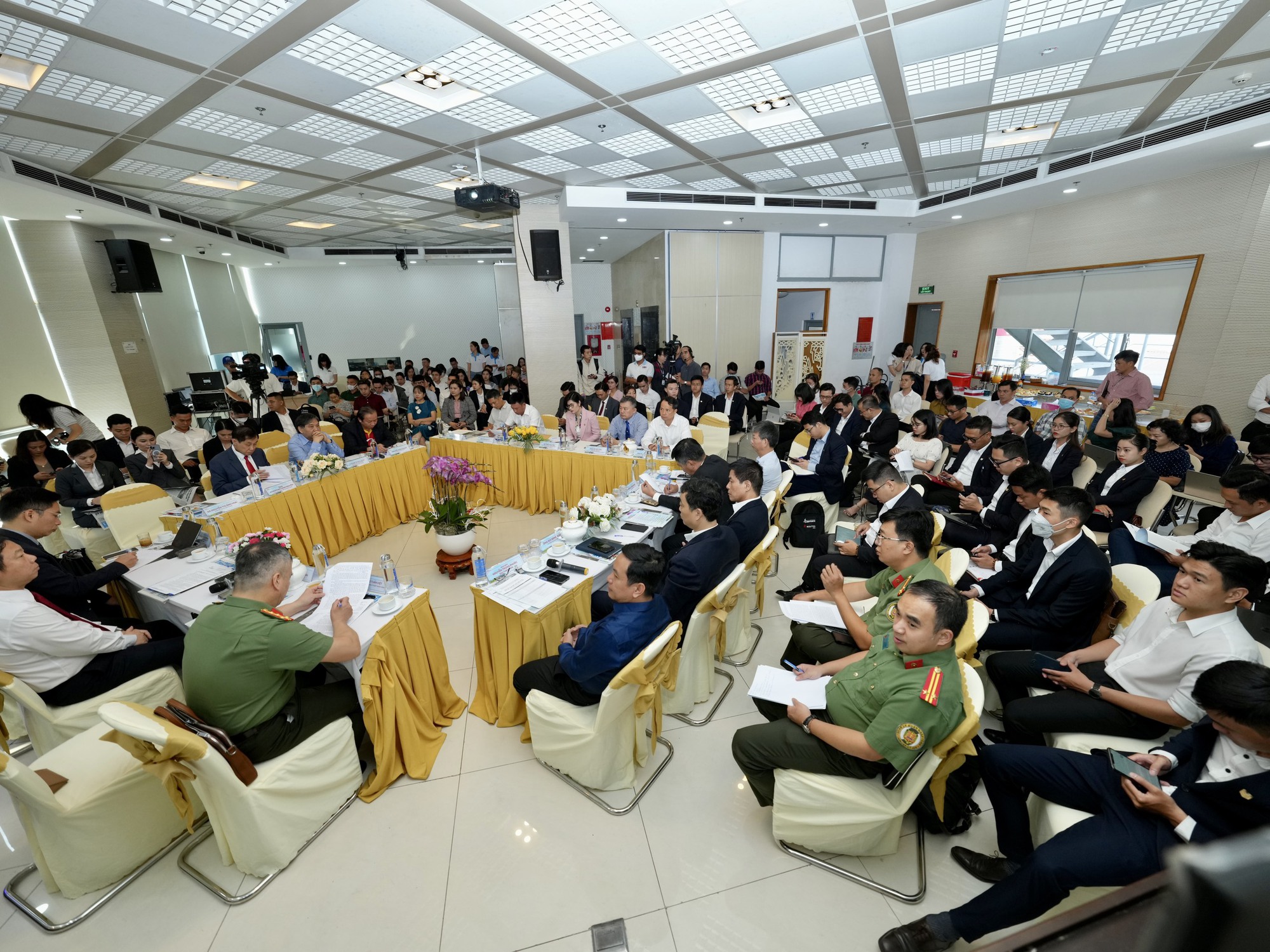
Overview of the conference taking place at Thanh Nien Newspaper
According to Mr. Hanh Nguyen, Singapore can become a shopping paradise because it is a tax-free island. The government only collects GST. With that advantage, this island nation has formed large-scale shopping centers, brand stores from high-end to mid-range. Duty-free shops on the street are concentrated on many main roads such as Orchard Road. With the abundance of shopping centers and the convenience of VAT refunds for international tourists, they have attracted a large number of visitors with the main purpose of shopping tourism.
In addition, with its position as an international financial center, they also strongly organize business tourism activities through the construction of complexes of conference centers, high-end entertainment hotels, casinos, etc. As a result, although the area is only equal to Phu Quoc Island, the number of international visitors to Singapore and the average total spending of a tourist in Singapore far exceeds that of Vietnam.
Thailand has similarities in natural conditions with Vietnam, however, the gap between the two countries' tourism industries is still very large. The reason is that Thailand focuses on improving services and products, enhancing experiences for tourists. Thailand's shopping tourism has a full range of models, from mid-range and high-end shopping malls in city centers, factory outlet shopping malls selling seasonal branded goods, to duty-free shops on the street, street food models and many other special retail activities such as fabric markets, fashion markets, etc.
Thailand's shopping tourism contributed to a strong increase in international spending revenue with a compound growth rate of 28.2% and health tourism contributed up to 4.7 billion USD in 2020.
The third case cited by the "king of luxury goods" is Hainan Island in China. Hainan Island is located near Vietnam, and has all the natural conditions to develop almost all types of services, from resort tourism, shopping, exploration, entertainment, healthcare, etc.
The Chinese government has issued many preferential policies for Hainan Island, with the policy of building Hainan Island into a Free Trade Zone to attract investment and tourism, further promoting the development of many industries. This place has the world's largest duty-free shopping centers with about 800 brands. With policies approved by the Chinese government, duty-free shopping zones are distributed almost throughout the tourist destinations on the island. With these policies, prices here are almost competitive worldwide.
During the pandemic years, despite pursuing a “zero Covid” policy, international tourists almost did not visit Hainan Island. In 2020, the island welcomed only 200,000 visitors. The number of domestic tourists dropped from 81.6 million to 64.3 million. However, thanks to the policy of increasing the duty-free shopping quota for domestic tourists, tourism revenue and duty-free revenue increased by 30% compared to the year before the pandemic. At the same time, Hainan's GDP increased by 4.2%, twice the growth rate of China at 2.3%.
"Looking at the above figures, we can see that the macro impact of the tax exemption policy not only brings socio-economic efficiency, attracts investment, but also allows domestic tourists to shop tax-free in free trade zones or duty-free zones... also retains foreign currency in the country, limiting the flow of foreign currency abroad. Large-scale investment projects to "pick the pockets" of tourists such as in Singapore, Thailand, Hainan Island, we have been working on to complete the project to submit to the Ho Chi Minh City People's Committee. It was the American investors who invested in the Marina Bay Sand Casino and the Universal Studio area in Singapore. They have also promoted the research of locations and conditions to invest in Disneyland, casino entertainment areas, and factory outlet areas in Ho Chi Minh City. I am sure that with determination, the center of Ho Chi Minh City can do as Singapore does to serve international tourists" - this person affirmed.
From the above analysis, Mr. Hanh Nguyen proposed that, in addition to opening policies on visa issuance/exemption and improving transportation infrastructure capacity, Vietnam needs policies to develop health tourism models and develop shopping, entertainment and recreation complexes.
In particular, wellness tourism is one of the fastest growing types of tourism today. According to a report by the Global Wellness Institute, the scale of wellness tourism in 2020 was 436 billion USD and is expected to increase to 1,128 billion USD by 2025. This is considered one of the markets with the highest revenue among tourism types. If Vietnam prioritizes developing this market, this could become a key sector in the near future.
Source link


![[Photo] Readers line up to visit the photo exhibition and receive a special publication commemorating the 135th birthday of President Ho Chi Minh at Nhan Dan Newspaper](https://vphoto.vietnam.vn/thumb/1200x675/vietnam/resource/IMAGE/2025/5/17/85b3197fc6bd43e6a9ee4db15101005b)
![[Photo] Prime Minister Pham Minh Chinh chairs meeting on science and technology development](https://vphoto.vietnam.vn/thumb/1200x675/vietnam/resource/IMAGE/2025/5/17/ae80dd74c384439789b12013c738a045)
![[Photo] More than 17,000 candidates participate in the 2025 SPT Competency Assessment Test of Hanoi National University of Education](https://vphoto.vietnam.vn/thumb/1200x675/vietnam/resource/IMAGE/2025/5/17/e538d9a1636c407cbb211b314e6303fd)
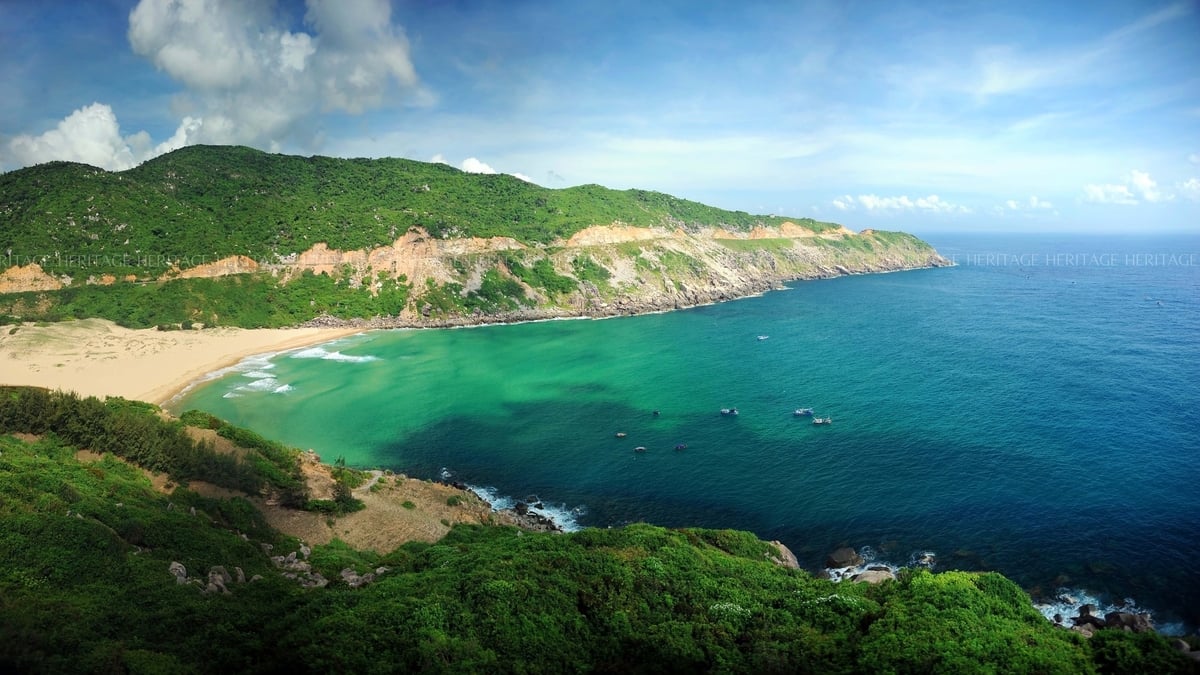

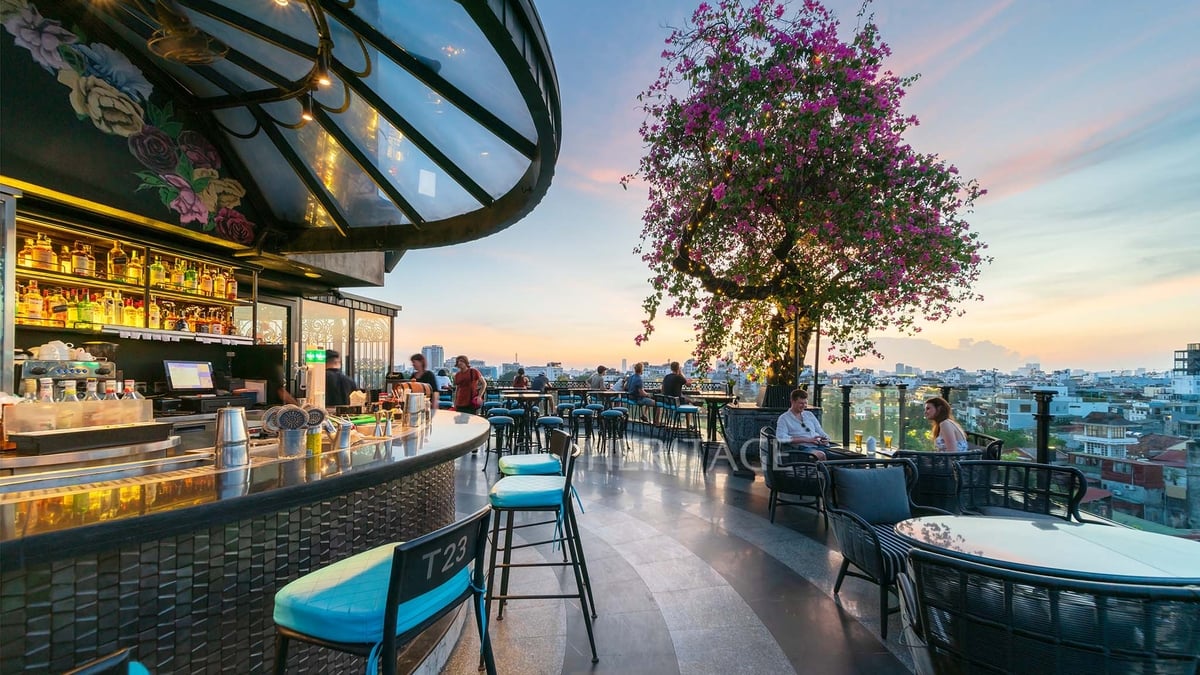
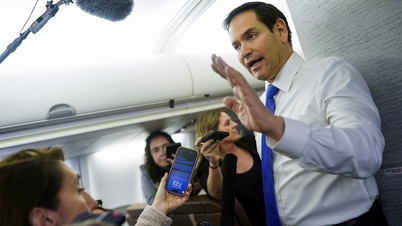
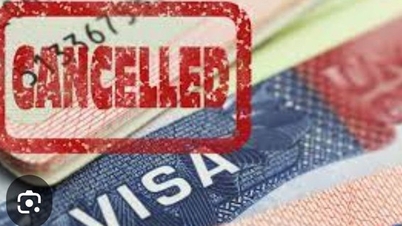

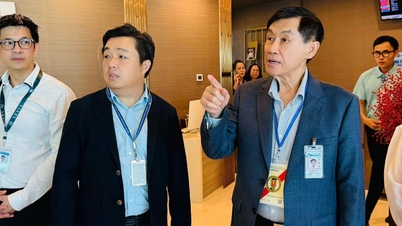

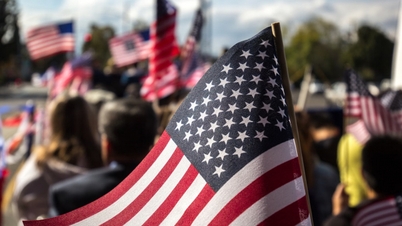



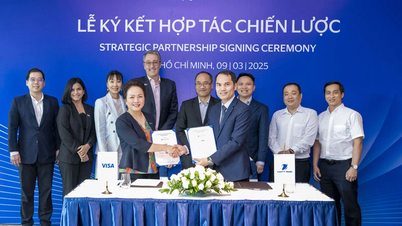

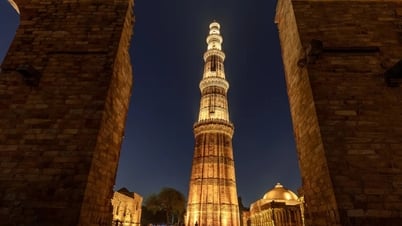


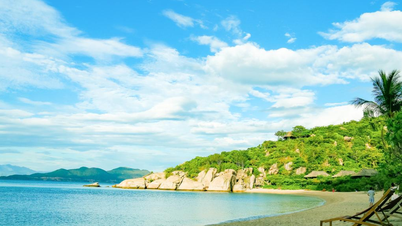
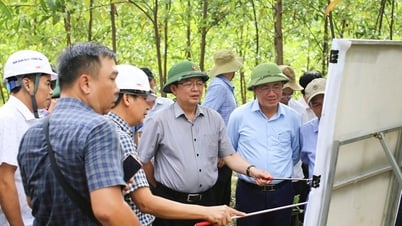
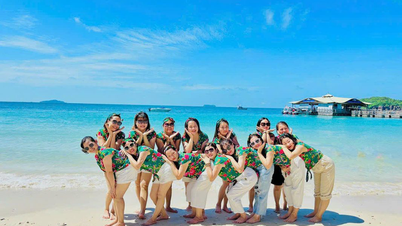
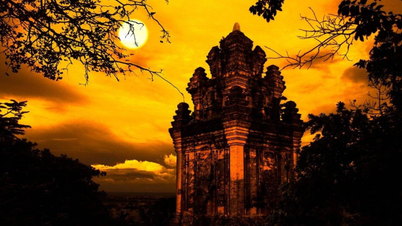




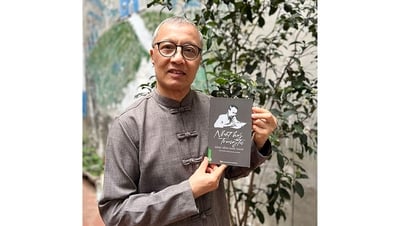
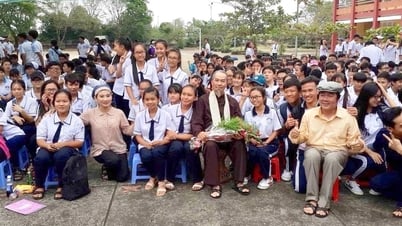
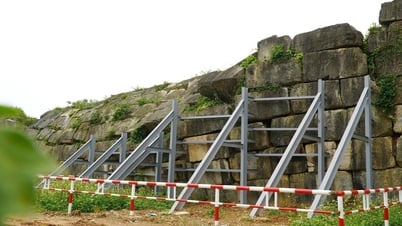
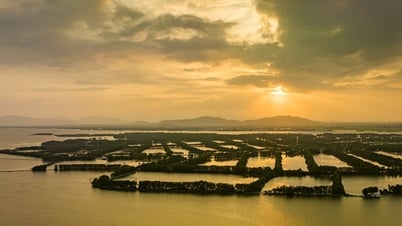


![[Photo] Nearly 3,000 students moved by stories about soldiers](https://vphoto.vietnam.vn/thumb/1200x675/vietnam/resource/IMAGE/2025/5/17/21da57c8241e42438b423eaa37215e0e)
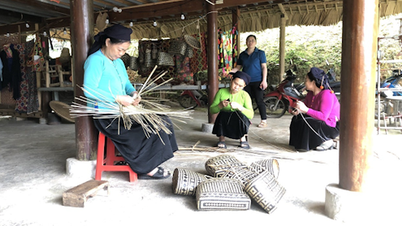

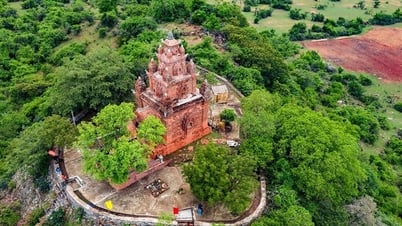

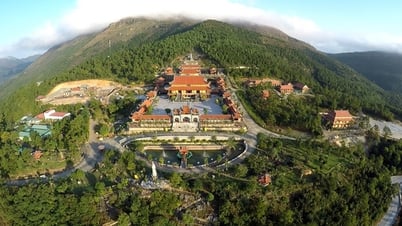

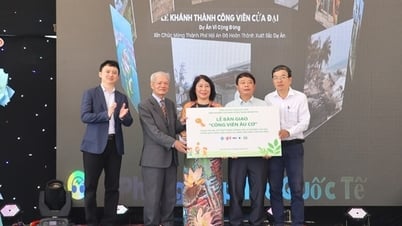

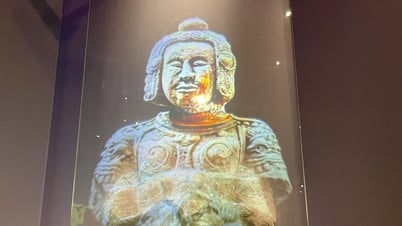







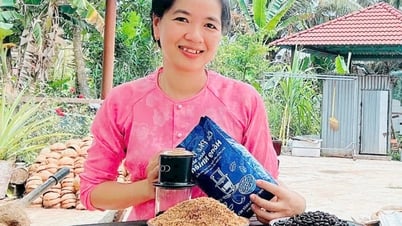



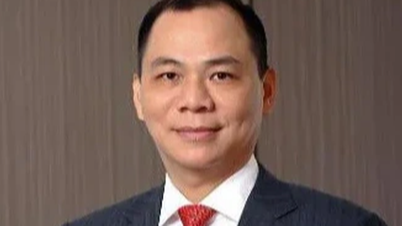

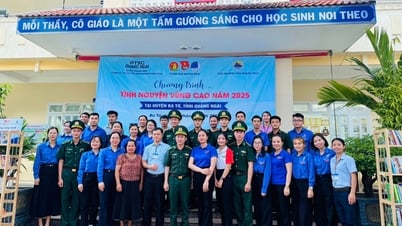
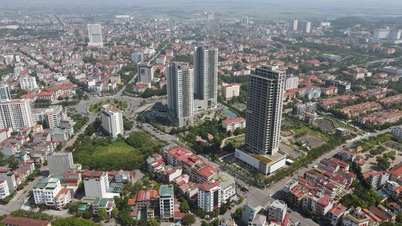
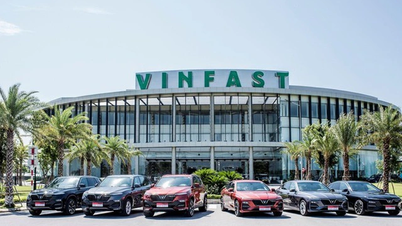





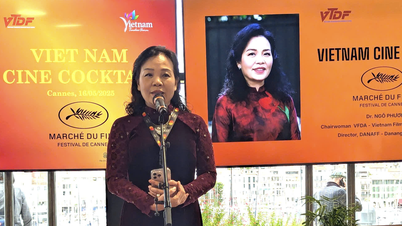

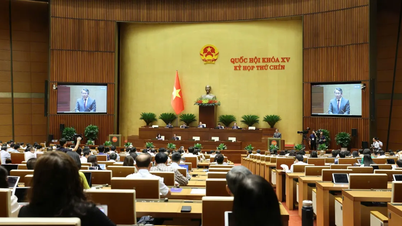

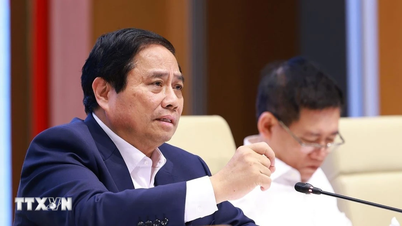

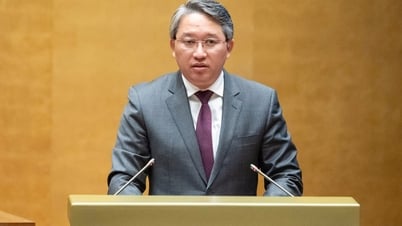

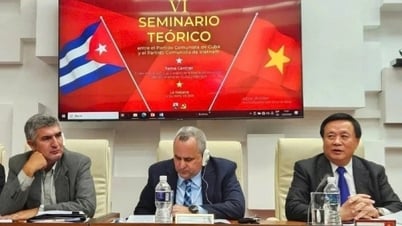

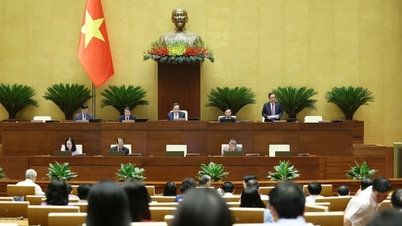
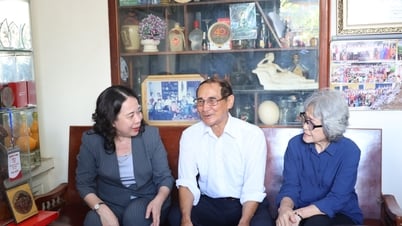

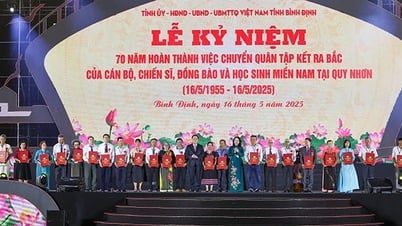
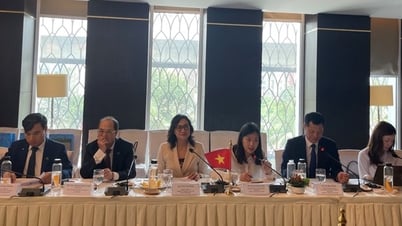

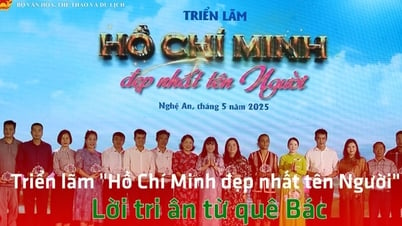

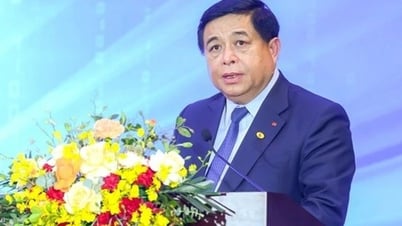

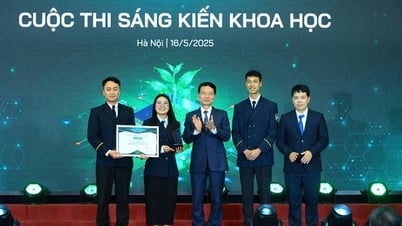
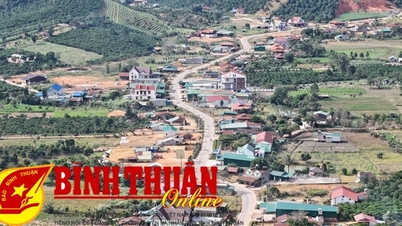

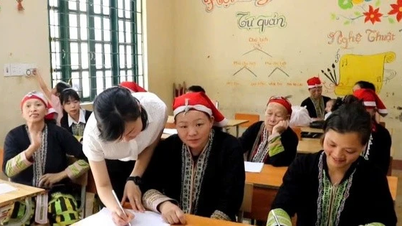

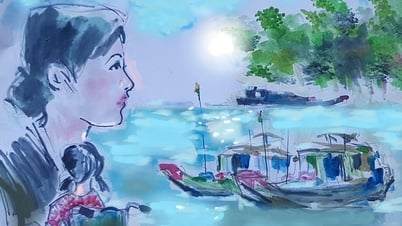

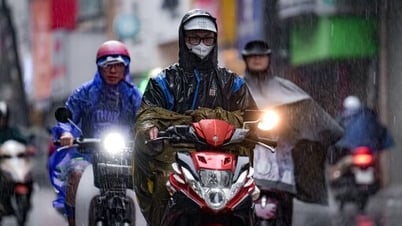

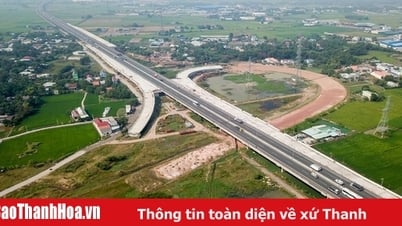











Comment (0)